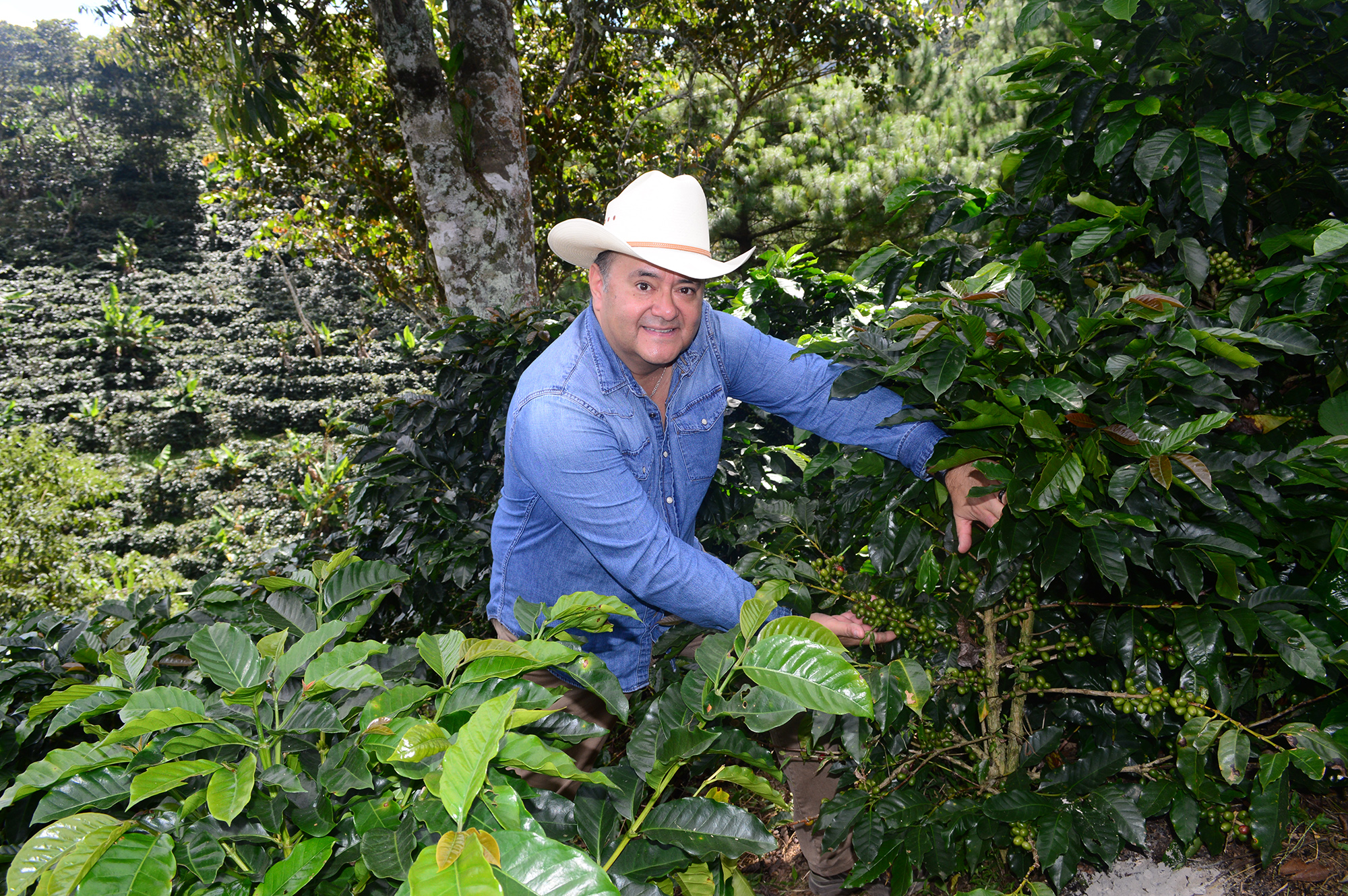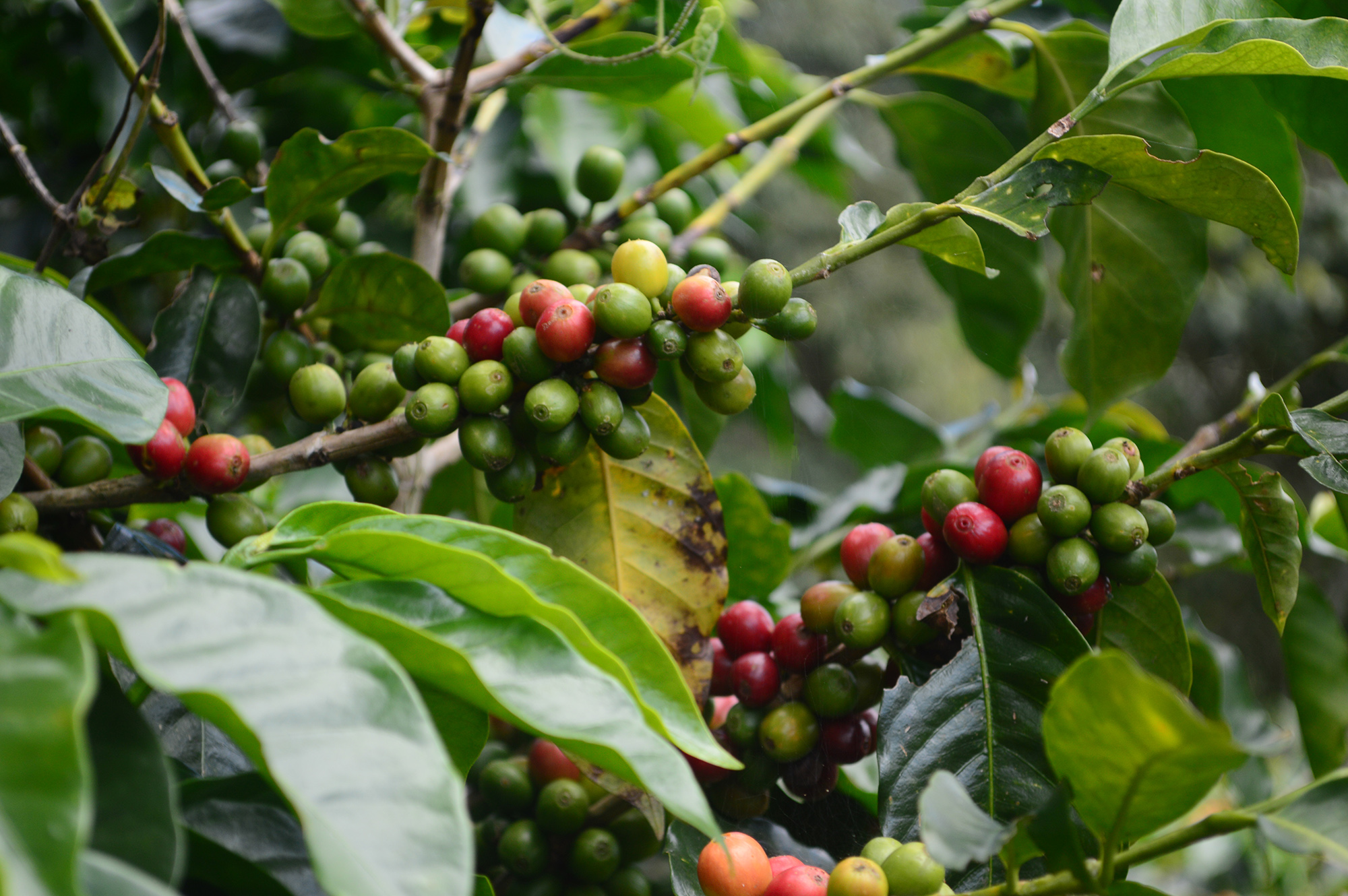Subtotal: $20.00


Our Story
The Medrano Family from the highlands of Copan, Honduras, represent three (3) generations of coffee growers, “caficultores”. . This passion for cultivating coffee started with three brothers; Julio, Emilio and Jose Domingo Medrano in the 1950’s. The family tradition and family business has now entered a third generation of growers, predominantly women of a new generation with a more global, sustainable, organic and fair-trade mindset. Our network of Medrano Family Coffee Farms rest in the heart and soul of the coffee industry in Honduras, in particular from San Pedro de Copan-Capucas, and Santa Rosa-Dulce Nombre, Copan.

From Honduras
Honduras is the world’s 5th leading exporter of Arabica coffee bean and the 3rd leading exporter from Latin America, and has become one of Honduras’ most prized exports internationally. Sweet Aromas and Rich flavors make Honduran coffee some of the best aromatic coffee in the world. The Copán region high in the hills of Honduras produces a full, robust flavor, citric aromas, with a hint of chocolate and caramel, while remaining balanced and pleasant.

Sweet Aromas and Rich flavors make Honduran coffee
some of the best aromatic coffee in the world.
Our Process
The Honduran coffee trees of Café Medrano have grown to maturity after 4-5 years in the highlands of Copan, Honduras and can now bear the fruit known as the coffee cherry. The coffee cherry is then processed into some of finest quality Arabica coffee bean from this region of the world with altitudes between 4,500 and 5,500 feet above sea level. The Café Medrano coffee bean flourishes, bringing out characteristics of creamy, sweet, citrus notes, as well as chocolatey and caramelized flavor. Adhering to organic farming processes, all chemical substances are eliminated to ensure the natural flavor profile is true to its origin. Café Medrano also processes the coffee bean via a washed (or wet) process or Honey (semi-washed) process, as well as utilizing natural solar drying structural methods. This process allows for our coffee bean to dry in a natural state, above the ground and absorbing the all the natural aromas of the environment. Throughout the days over the next few weeks the cherries will be raked and turned over. Covering them at night and during rainy occasions is necessary for conversion from cherry to what is known as green coffee. Milling of the Green Coffee beans is done manually by grading and sorting the beans determining the quality of their size, weight, coloration, and other factors, before preparing for shipment to the Washington, DC metropolitan area for local roasting, packaging and distribution.









